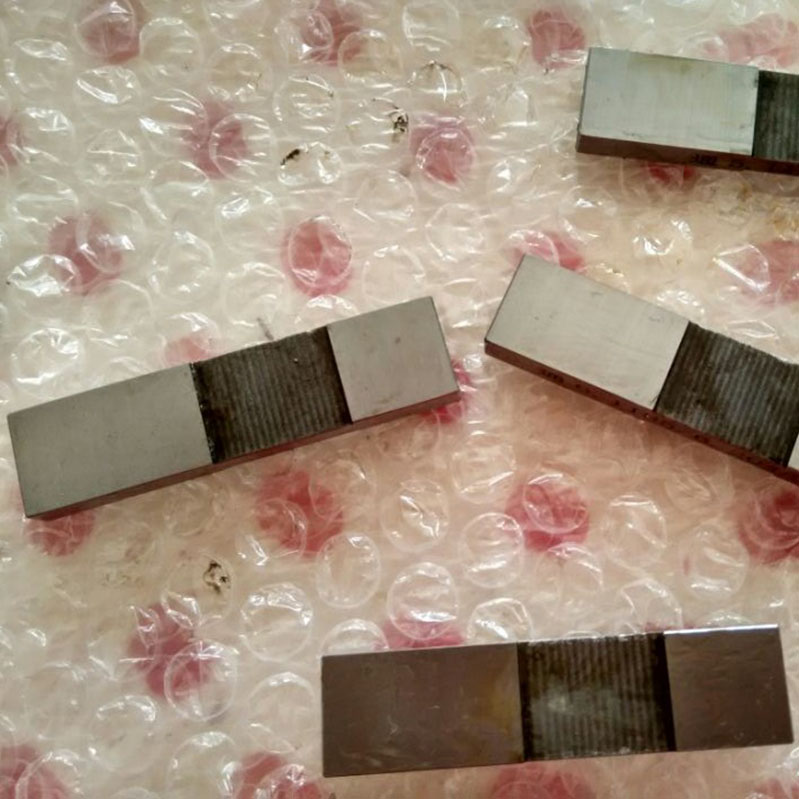Aug . 19, 2024 22:43 Back to list
Metal Table Crafting Techniques for Precision and Durability in Modern Design
The Essentials of Metal Table Fabrication
Metal table fabrication is a specialized process that involves the creation of custom metal tables for various applications, ranging from industrial settings to residential furniture. As a crucial aspect of metalworking, this field combines art with engineering, producing durable and aesthetically pleasing products. This article delves into the key components of metal table fabrication, including materials, techniques, design considerations, and the benefits of custom metal tables.
Materials Used in Metal Table Fabrication
The selection of materials is fundamental in the fabrication of metal tables. Common choices include steel, aluminum, stainless steel, and a range of alloys. Steel is favored for its strength and durability, making it ideal for industrial applications where heavy loads are commonplace. Aluminum, on the other hand, is lightweight and resistant to corrosion, making it suitable for outdoor furniture and applications where portability is essential. Stainless steel is often employed for its aesthetic appeal and resistance to rust, making it a popular choice in restaurants and modern home designs.
Techniques in Metal Table Fabrication
The fabrication process begins with precise measurements and design plans. Advanced software enables fabricators to create detailed blueprints, ensuring accuracy in the final product. Following the design phase, various fabrication techniques are employed.
1. Cutting Metal is cut to size using techniques such as laser cutting, plasma cutting, or traditional methods like sawing. Laser cutting is particularly popular due to its precision and ability to create intricate designs.
2. Forming This involves bending or shaping the metal into the desired form. Techniques like welding and metal stamping may be used to create legs, frames, or decorative elements.
3. Joining Welding is a common method for joining pieces of metal together, providing strength and stability. Other methods, such as riveting or using bolts, may also be employed depending on the design requirements.
metal table fabrication

4. Finishing The final touches involve applying protective coatings or paints to enhance durability and aesthetics. Options like powder coating or anodizing can improve resistance to corrosion and scratches, ensuring that the tables maintain their appearance over time.
Design Considerations
When designing metal tables, several factors must be taken into account. The intended use of the table greatly influences its design. For instance, a table intended for heavy machinery may require thicker steel and reinforced joints, while a dining table might prioritize aesthetics and comfort.
Additionally, the table's ergonomics, size, and shape must be carefully considered. Customization allows for a wide range of styles, from minimalist industrial designs to ornate, artistic pieces that serve as focal points in a room. Collaboration between designers and fabricators is crucial to achieve a functional yet stylish table that meets the specific needs of the client.
Benefits of Custom Metal Tables
Custom metal tables offer numerous advantages over mass-produced alternatives. Firstly, they provide a perfect fit for specific spaces, allowing for more efficient use of areas that may not accommodate standard sizes. Secondly, custom tables can be tailored to match existing decor and design schemes, enhancing the overall aesthetic of any space.
Moreover, metal tables are exceptionally durable, often outlasting wooden or plastic options, making them a cost-effective investment in the long run. Their resistance to wear and tear is particularly advantageous in commercial settings, where longevity and reliability are paramount.
Conclusion
Metal table fabrication is a blend of creativity and technical expertise, culminating in products that satisfy both practical and aesthetic needs. With a focus on quality materials, precision techniques, and thoughtful design, custom metal tables can transform spaces while offering unmatched functionality. As businesses and homeowners continue to seek unique solutions for their environments, the demand for skilled metal table fabricators is likely to grow, ensuring that this craft remains relevant and thriving.
-
Y Type Strainer Maintains System Efficiency Long TermNewsJul.15,2025
-
Valve Selection Guide for Industrial ApplicationsNewsJul.15,2025
-
Steel Fab Table Provides Durable Work Surface for WeldingNewsJul.15,2025
-
Pad Iron Provides Stable Support for Heavy MachineryNewsJul.15,2025
-
One Inch Check Valve Fits Standard Plumbing SystemsNewsJul.15,2025
-
Measuring Micrometer Ensures Precise Dimensional AccuracyNewsJul.15,2025
Related PRODUCTS









